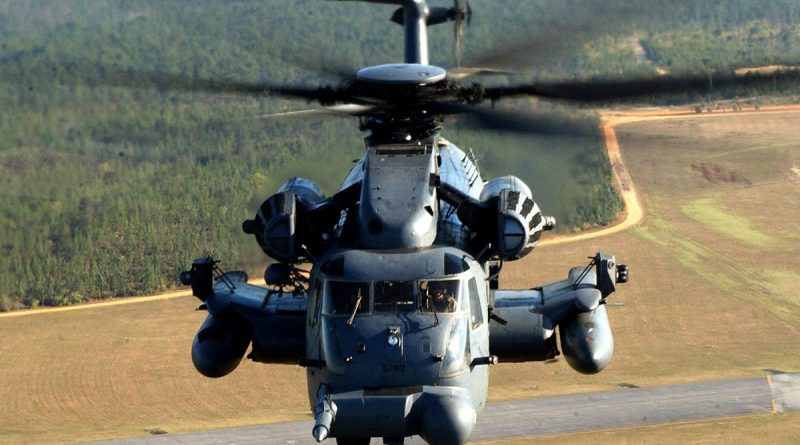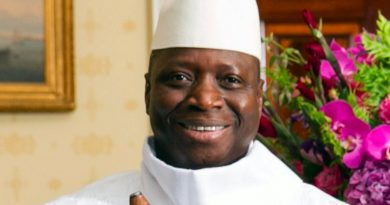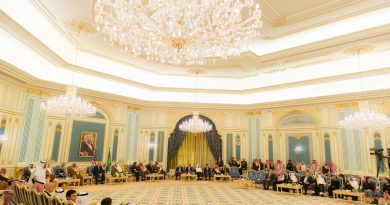10 Things to Read about US Armed Forces and Grand Strategy
American military posture, Armed Forces and Grand Strategy have been the subject for rivers of ink. Nonetheless, the election of Donald Trump and the debate that emerged about the next steps that the White House will take regarding its foreign and military policy is the occasion to reconsider these themes. Here we present 10 works that help to have a clearer picture of past and future debates regarding US military and foreign policy.
Wilsonianism: the dynamics of a conflicted concept
John Thompson retakes this fundamental American school of foreign policy that shaped US military attitude since the end of the First World War. In his article, Thompson analyses the elements that contributed to the definition of this school of thought, especially from the point of view of the connection between this political framework, the American interventionism in the two world wars, and the creation of international political organizations such the League of Nations and the UN.
The Jacksonian tradition and American foreign policy
In this article written in 1999, Walter Russell Mead describes the origin of the Jacksonian culture and its features; the author explains how the Jacksonians – sometimes called Jacksonites – constitute a fundamental cultural group capable of determining the course of American foreign policy in contraposition to Wilsonians and Jeffersonians. Jacksonians have a peculiar vision regarding eventual military intervention beyond American borders, and, as it has been stated, the Jacksonian cultural and political framework can be key to the interpretation of Trump’s future foreign policy and American Grand Strategy.
American Army Doctrine for the Post-Cold War
John Romjue, former Chief of Historical Studies and Publication in the US Army – TRADOC, explains in his book the first steps taken by the American Armed Forces to reshape military doctrine after the Cold War and the problem posed by the increasing technologic aspect of warfare.
US Military Innovation since the Cold War: Creation Without Destruction
This collective work edited by Harvey Sapolsky, Benjamin Friedman, and Brendan Green deepens and broadens the same subject analysed by Romjue; two key aspects considered in this work are the relation between the American Armed Forces’s doctrine’s reshaping after the Cold War and the Revolution in Military Affairs technology and thought, and the civil-military relation that prevented a real innovation in American military after the end of the Cold War.
Shaping U.S. Military Forces: Revolution or Relevance in a Post-Cold War World
In this book Robert Worley considers the difficulties that American Armed Forces and services encountered in the path of modernization and reconstruction after the Cold War. Being the last and lone superpower, the US military was not able to change from a perspective of war against another superpower like the USSR to a perspective of small war warfare and counter-insurgency. In this sense, external interventions – especially political interventions – have been useful to intensify this process of reform, whereby the Armed Forces themselves are unable to reshape their organization.
New Perspectives on American Grand Strategy
Taking into consideration the USA as the only superpower and its need to revise its Grand Strategy, Colin Dueck reviews 5 works in order to present a state-of-the-art regarding this subject and to understand its main issues. Three main points are suggested as basis for the analysis realized by the authors of the works presented: international relations theory as tool to foresee – or not – change in US Grand Strategy; which Grand Strategy could fit better with American values and interests; and finally, American liberal norms as a way for the USA not to encounter the same fate of the previous preponderant powers.
The War on Terror in American Grand Strategy
Michael Boyle analyses the role that the war on terror – triggered by the attacks on 11th September 2001 – had in the reshaping of American Grand Strategy. This article focuses on American struggle against Al-Qaeda and several problems that this struggle generated within US borders as much as in other allied countries. An important element of this analysis is the comparison between the past wars fought by the USA against fascism and communism and the struggle against Islamic terror; furthermore, it underlines how the confusion between the struggle against ideologies – referring to fascism and communism – and against a precise tactic – as terror is seen by Boyle – lead to general discredit towards American Grand Strategy.
The Obama Doctrine: American Grand Strategy Today
Colin Dueck offers his point of view regarding the Obama administration and the Grand Strategy that lead his foreign policy during his two mandates, underlining that Obama’s presidency has been transformational but mainly regarding domestic policy and, on the other hand, its lack of force in international issues has weakened the USA image throughout the world. Furthermore, Dueck’s aim is to analyse the proposals for foreign policy issued by the Republican Party and how these proposals could offer a better perspective for the USA not only abroad but also within its borders.
The US Commitment to NATO in the Post-Cold War Period
Taking into consideration a specific case regarding US military policy, Yanan Song’s work considers American military commitment in NATO after the end of the Cold War, analysing the Clinton administration and American involvement with NATO in the Yugoslav Wars and American intervention in Libya during the second Obama mandate.
The U.S.-China Military Scorecard: Forces, Geography and the Evolving Balance of Power 1996-2017
In this work, Eric Heginbotham shows the evolution of the Chinese Army since 1996 until today and offers an analysis on the threat that the Chinese People’s Army could pose on the American Army in the Pacific. Indeed, the conclusion is that China cannot, in the short term, be a real menace to American Armed Forces in strictly military terms, i.e., in terms of aggregated capabilities; nonetheless, US Army needs to reconsider its involvement in the Pacific and its plan for a future eventual confrontation with the Chinese Army.
US army MH-53 Pave Low helicopter. Photo by US Air Force photo by Senior Airman Andy M. Kin / public domain
![]() This work is licensed under a Creative Commons Attribution-NonCommercial-ShareAlike 4.0 International License.
This work is licensed under a Creative Commons Attribution-NonCommercial-ShareAlike 4.0 International License.




